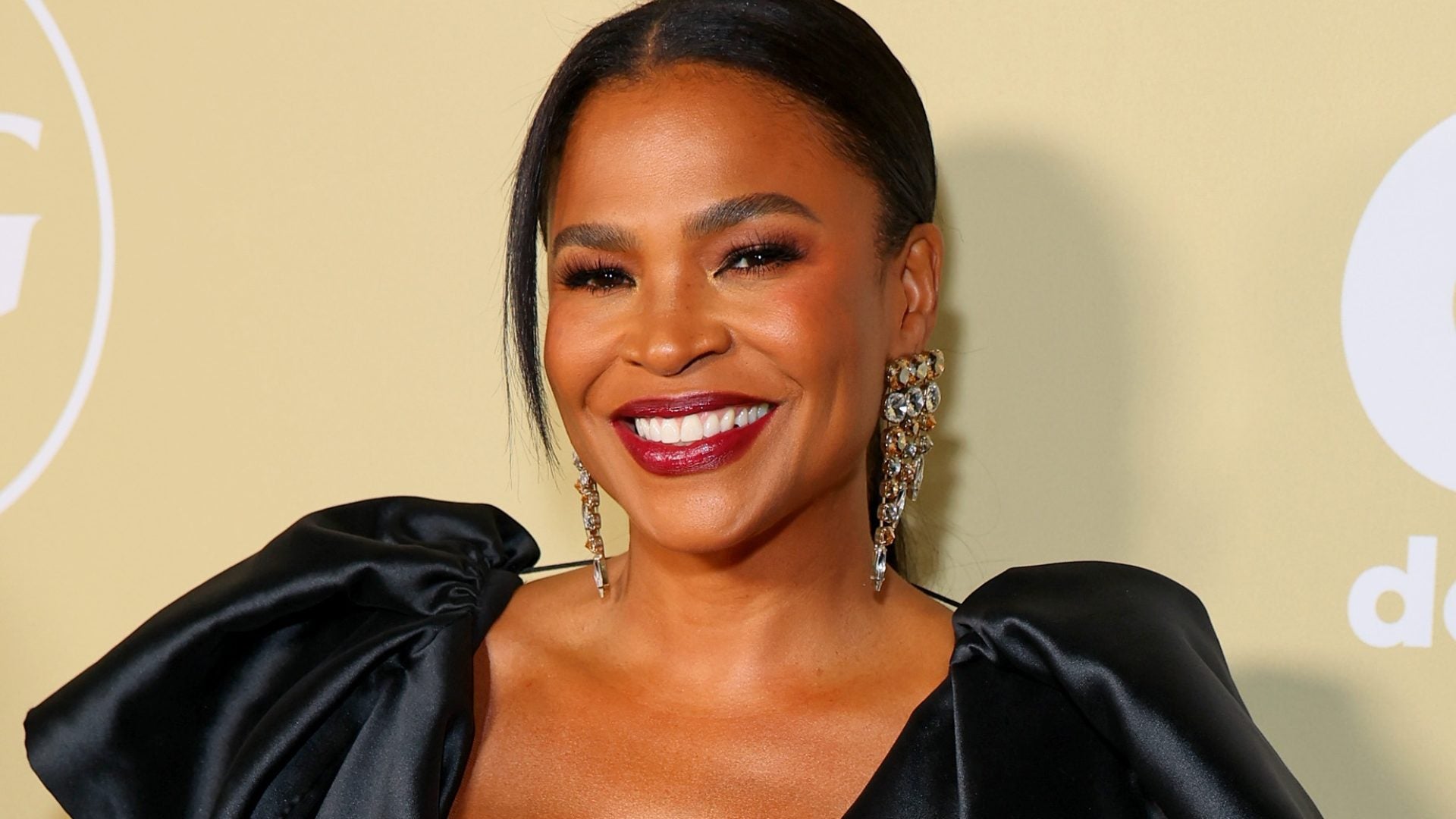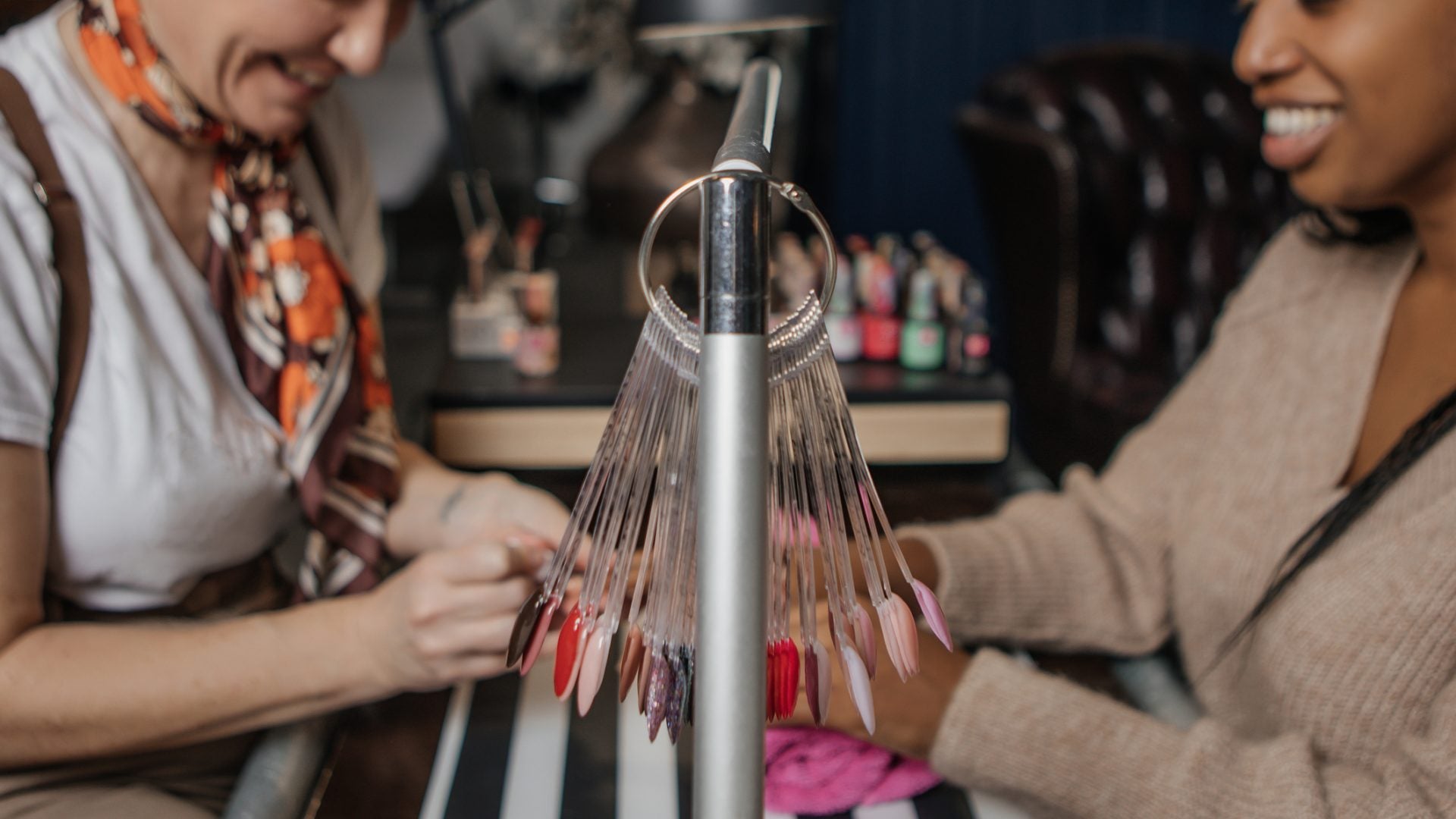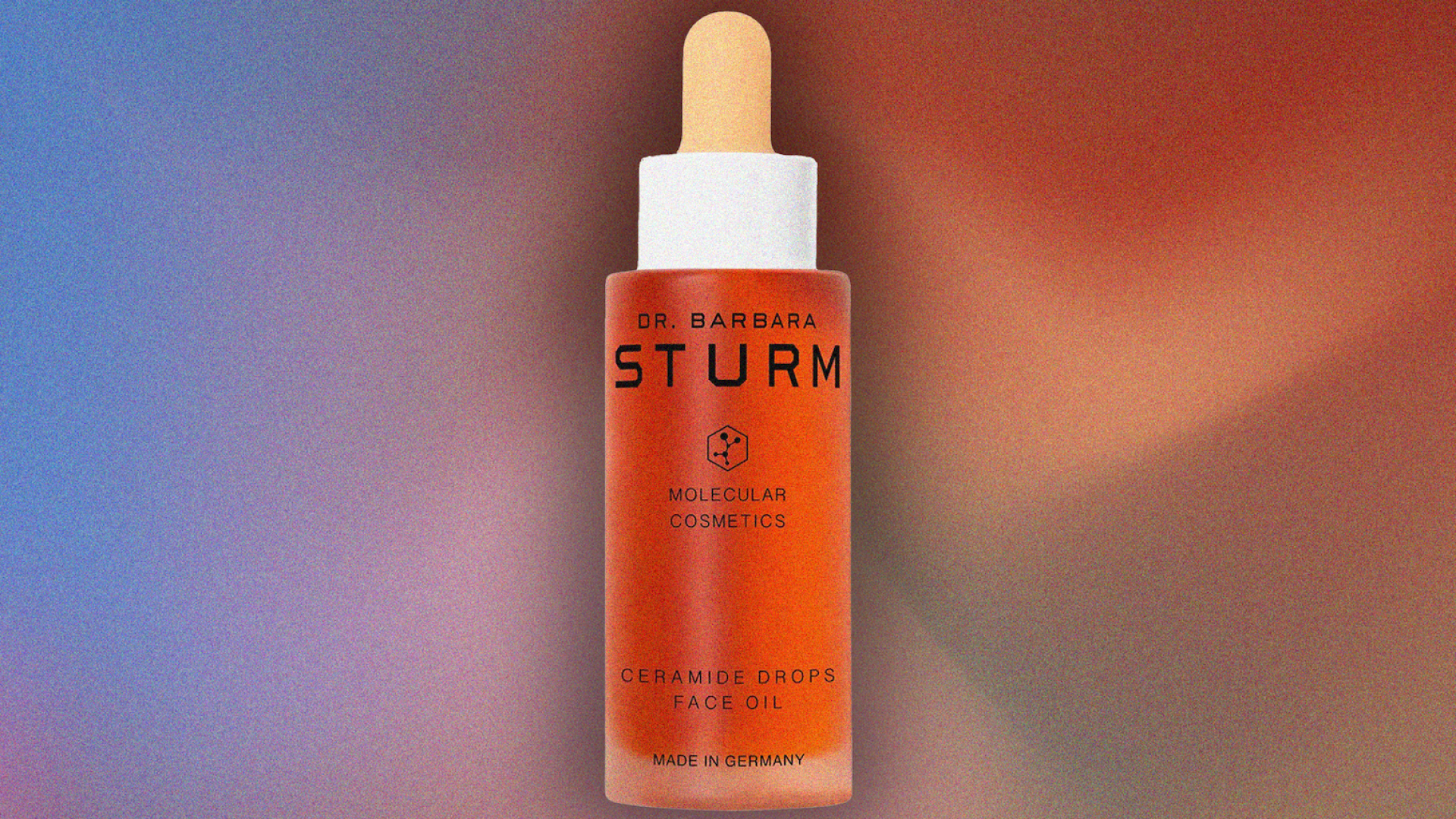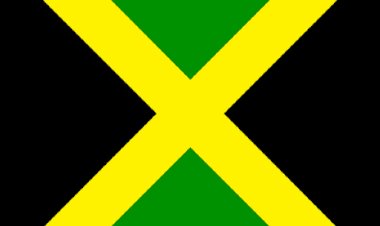Losing Hair During Menopause? 6 Regrowth Treatments That Actually Work For Textured Hair
It’s a privilege to age—and hit menopause. But, with that, comes not just more wrinkled skin and hormonal acne, mood swings and dryness down there, but also another concern that […] The post Losing Hair During Menopause? 6 Regrowth Treatments That Actually Work For Textured Hair appeared first on Essence.
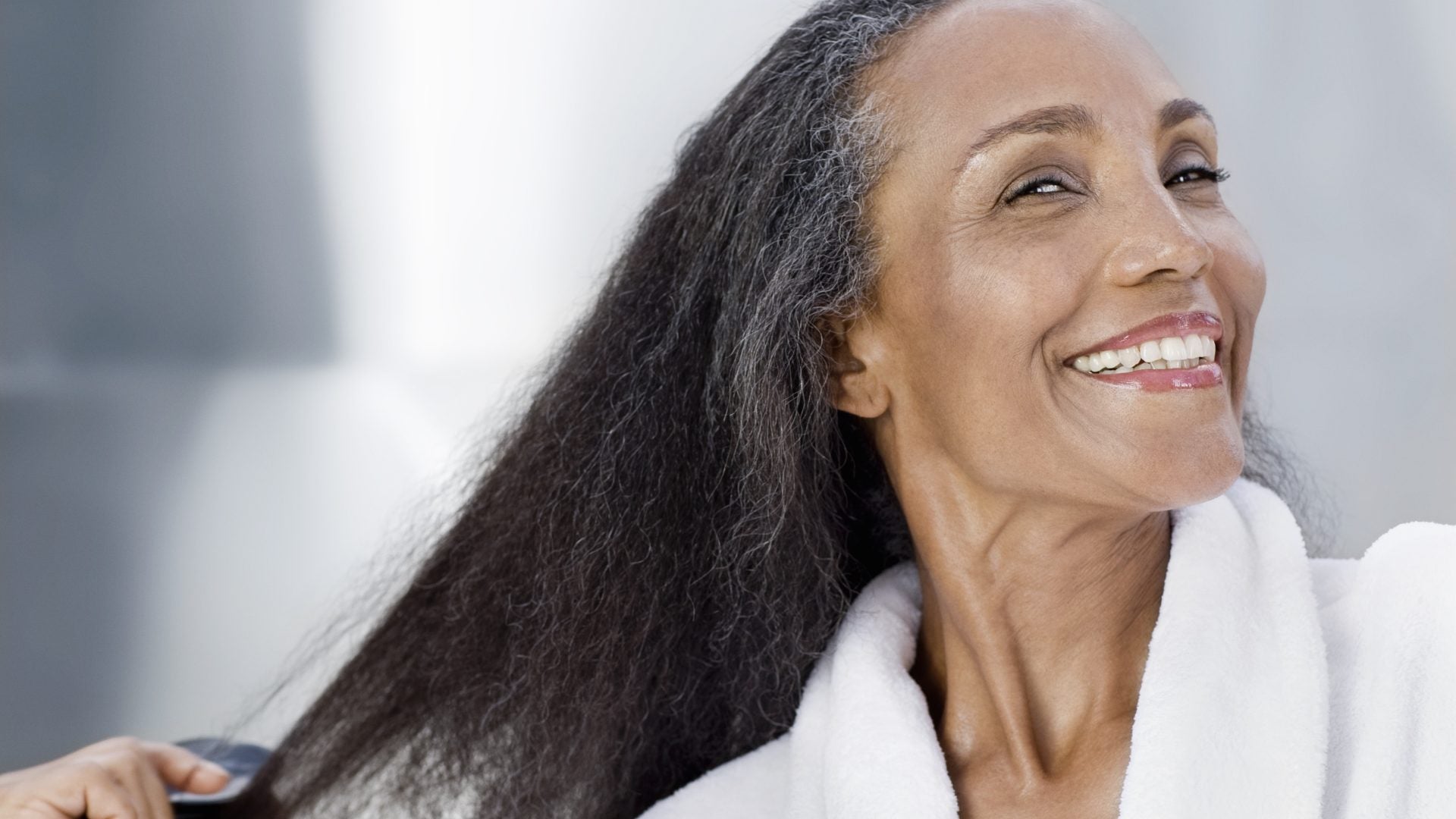
It’s a privilege to age—and hit menopause. But, with that, comes not just more wrinkled skin and hormonal acne, mood swings and dryness down there, but also another concern that impacts over 50 percent of women: hair loss.
Almost half of Black women, including those who haven’t even reached perimenopause, experience some form of hair loss due to tight hair>RevAir’s resident expert. While they all can occur during menopause, “many women think shedding is an early sign of hair loss, while thinning feels like hair loss itself, simply because the hair looks less full.”
Frey notes its normal to lose 100-150 hairs a day, but if you’re experiencing a sudden increase in or excessive shedding, like in the shower or in your comb, it may be a cause for concern. With hair loss being more gradual than thinning and shedding, De La Torre points out the most common types of hair loss during menopause are Female Pattern Hair Loss, which is gradual hair thinning on the top of the head and along the part line or temples typically caused by genetics and hormone changes, and Telogen Effluvium, which is acute sudden hair shedding that occurs diffusely. “The distinction matters because they have different causes and treatments; however, hormone changes affect both types of loss,” she says.
What regrowth treatments actually work for textured hair?Topical Minoxidil (5% foam)“Topical minoxidil is recommended by dermatologists for mild to moderate hair loss as it promotes hair growth by improving blood flow to the scalp and prolonging the growth phase of each hair follicle,” says De La Torre.
While Frey warns women with textured hair that the topical solution can lead to dryness, flaking, and itching, which may perpetuate the hair loss cycle, De La Torre suggests taking medications orally can help combat some of the side effects. “Oral prescriptions for minoxidil, finasteride and spironolactone are options, with the last two being helpful in women who produce more androgens.”
Medicinal InjectionsInjections, like corticosteroids and platelet-rich plasma, use the patient’s own blood to stimulate hair growth which aren’t as scary as it sounds. “PRP therapy has become a popular and effective treatment for hair thinning, and is generally okay for those with early-stage hair loss who are in good overall health and have active hair follicles,” says De La Torre. “During PRP treatments, a thin needle is used to draw your own blood, which is then injected into your scalp across the thinning area to regrow hair using the plasma from the blood, which harvests growth factors that help stimulate hair growth.”
Medicated ShampoosAccording to Wright, many medicated shampoos leave textured hair feeling hard and brittle, which is why De La Torre recommends using the drugstore brand Nizoral. “Ketoconazole shampoo can help stimulate hair growth by lowering androgen levels, and using it two to three times a week lowers androgen levels and helps regrow hair.”
Menopause Vitamins“Nutraceuticals or vitamins, have emerged as an adjunct or preferred treatment for many women experiencing hair loss,” says Frey. For example, Xtresse, a gummy developed by dermatologists addresses multiple pillars of hair loss such as aged related cellular senescence (deterioration), inflammation, oxidative stress, vitamin deficiencies, and hormones.
Low-Level Light Therapy (LLLT)Red light therapy isn’t just for your face. “There are some data that suggests low-level light therapy (red light) can work to fight inflammation and stimulate cells in the hair follicle,” says Frey. De La Torre agrees. “A study found that red light stimulated growth and reversed the miniaturization of the follicle, with research suggesting that a pulsed red light setting is optimal for follicular stimulation.”
Hair Growth OilsHair growth oils are one of the easiest steps to add to your menopausal hair routine. According to De La Torre, rosemary essential oil is as effective as minoxidil in a study comparing the two interventions used for six months, with rosemary oil having fewer side effects like the scalp itching associated with topical medications.
Meanwhile, incorporating a scalp massage in your haircare routine can help stimulate blood flow to promote growth and using black seed oil can reduce hair loss, stimulate regrowth, encourage blood circulation, and relieve scalp conditions along with hydrating and conditioning.
When is it time to start a hair regrowth treatment?“Time is hair,” exclaims Frey, suggesting you should consult a dermatologist if you’ve been shedding hair for more than three months. According to Wright, most regrowth treatments begin after a bald spot or thinning area has already appeared. “However, symptoms such as chronic itching,redness, and excessive shedding can serve as early warning signs of potential or inevitable hair loss.”
What should I know before starting a treatment?“The first thing you should know before trying a regrowth treatment is whether you are losing your hair or not,” says Wright. “Hair loss medications and treatments do not work on thinning and shedding hair.” Because hair loss affects each woman differently, Dr. Roxanne Pero, an OBGYN and member of O Positiv Health’s medical advisory board for menopause, recommends a thorough evaluation from a provider experienced in menopause.
“Treatment decisions—ranging from topical solutions and prescription oral medications to hair transplant options—should be personalized based on individual goals and preferences,” Pero says. “This should include assessment of key nutrients and vitamins—for example, iron status and low protein intake—as well as a comprehensive thyroid panel and physical examination with vital signs.”
Wright adds “They can help you get to the root of the problem and save you from spending money on products or treatments that may not help.”
TOPICS: hair loss menopause regrowth treatmentsThe post Losing Hair During Menopause? 6 Regrowth Treatments That Actually Work For Textured Hair appeared first on Essence.






